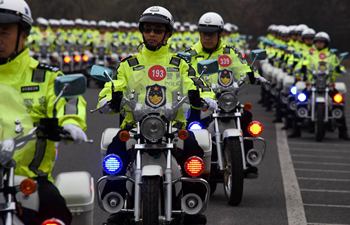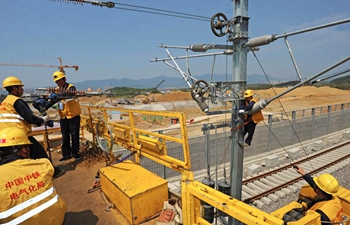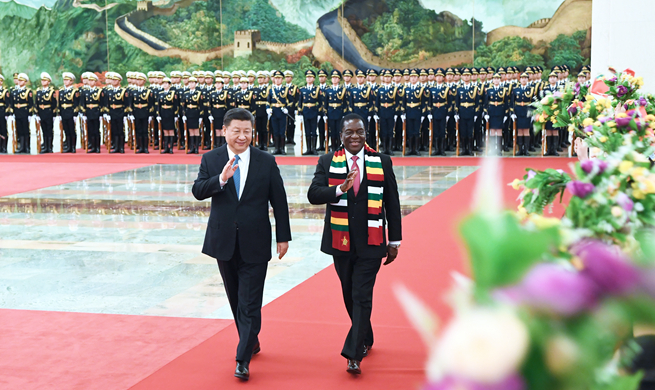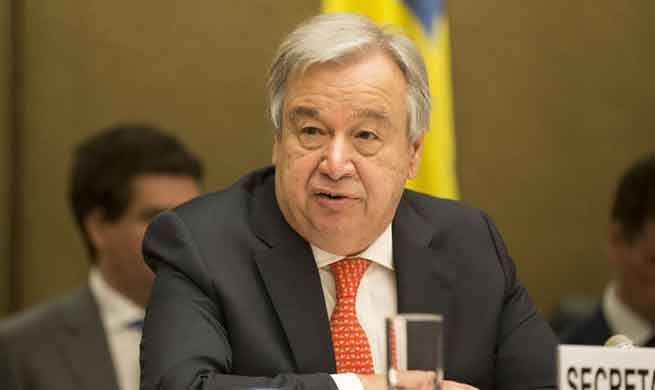WASHINGTON, April 3 (Xinhua) -- The U.S. space agency NASA has started to create a supersonic manned aircraft that may cause no eardrum-battering sonic boom.
It announced plans on Tuesday to grant a 247.5-million-U.S. dollar contract to Lockheed Martin, an American aerospace and defense group to design and build a new plane.
In this Low-Boom Flight Demonstration contract, Lockheed Martin is obliged to completing the design and fabrication of an experimental aircraft, known as an X-plane.
The plane is expected to cruise at an elevation of more than 16,700 meters, at a speed of more than 1,500 kilometers per hour, but create a sound about as loud as a car door closing instead of a sonic boom, according to NASA.
Once NASA accepts the aircraft from its contractor in late 2021, the agency will perform additional flight tests to prove the quiet supersonic technology works as designed, aircraft performance is robust, and it's safe to operate in the country.
According to its plan, beginning in mid-2022, NASA will fly the X-plane over select U.S. cities and collect data about community responses to the flights.
The agency said this data set will be provided to U.S. and international regulators for their use in considering new sound-based rules regarding supersonic flight over land, which could enable new commercial cargo and passenger markets in faster-than-sound air travel.
The X-plane's configuration will be based on a preliminary design developed by Lockheed Martin under a contract awarded in 2016. The proposed aircraft will be 28.65 meters long with a wingspan of nearly 9 meters, which have a fully-fueled takeoff weight of about 14,650 kilograms.
The jet will be propelled by a single General Electric F414 engine, the powerplant used by F/A-18E/F fighters, according to NASA.
"This is probably going to be a once-in-a-lifetime opportunity for me. We're all pretty excited," said Jim Less, a primary NASA pilots who will fly the X-plane after Lockheed Martin's pilots have completed initial test flights.
















